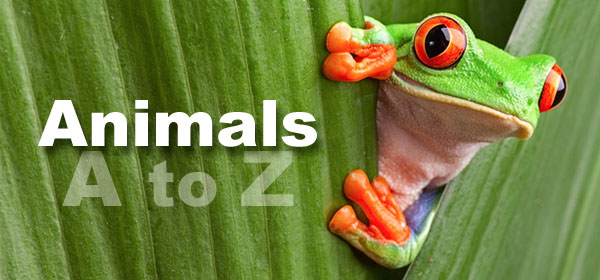When it comes to wild cats, most would think of the iconic big cats: lions, tigers, jaguars, leopards and snow leopards, but in the shadow of these majestic giants are their smaller cousins that are equally fascinating but rarely get the recognition they deserve. Welcome to the world of small cats.
There are over 30 different species of wild cats that can be found across the globe living in habitats ranging from the thick jungles of Southeast Asia to the dry savannas of Africa to the high mountains of South America. There are two categories of cat, small and large, this separation is based on their vocalizations. Big cats will roar and growl, whereas small cats purr and meow, small cats are also generally under 22kg. Many are quite close in size to domestic cats, but a few are bigger such as puma and cheetah. Currently living at Wingham Wildlife Park, we have various species of small cat including: clouded leopard, caracal, Geoffroy’s cat, puma, cheetah, serval and Eurasian lynx.
Clouded Leopards
These are medium-sized cats native to Southeast Asia. Known for their beautiful, cloud-like spotted coats, they are excellent climbers and often rest in trees. Clouded leopards have the longest canine teeth relative to skull size of any living cat, giving them a powerful bite. They hunt birds, monkeys and small deer. Due to deforestation and illegal wildlife trade, they are classed as vulnerable, with declining wild population. At Wingham Wildlife Park we currently have two clouded leopards: Hari and China. Both are interesting characters with Hari being quite a fisty individual and China being laid back and affectionate.
Caracal
This is a medium-sized wild cat native to Africa, the Middle East and parts of Central and South Asia. It is easily recognized by its sleek, reddish-tan coat and long tufted black ears. Caracals are highly agile and can leap up to 3 meters into the air to catch birds they also hunt rodents and other small mammals. Despite their adaptability, caracals face threats from habitat loss and human-wildlife conflict, particularly in farming areas where they may be killed for preying on livestock. At Wingham Wildlife Park, we house one caracal called Maya. She is a lovely little lady with a great personality. She allows us to enter her enclosure and clean around her whilst respecting our space.
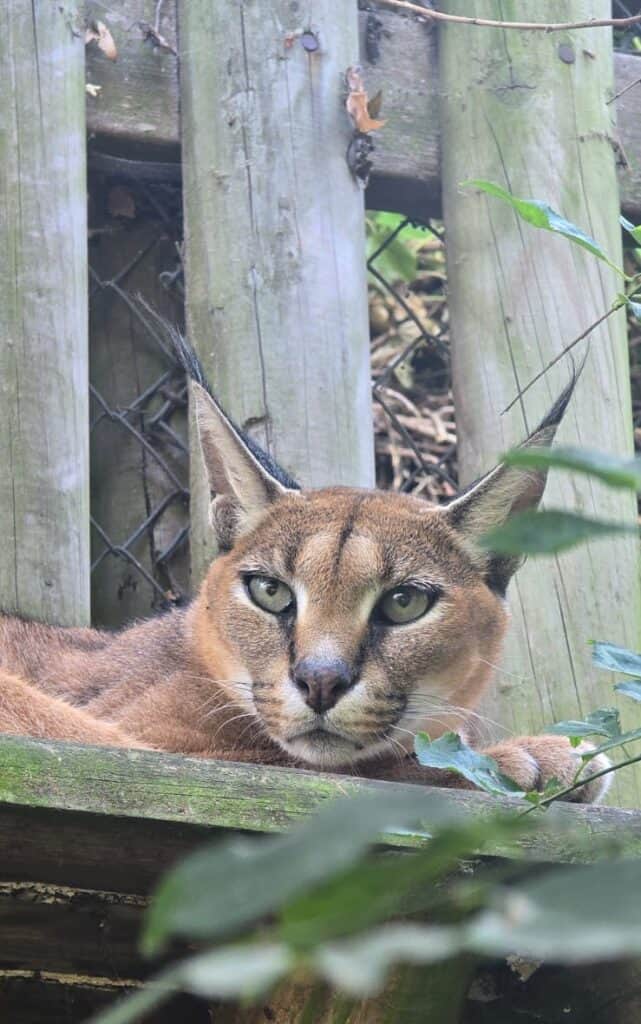
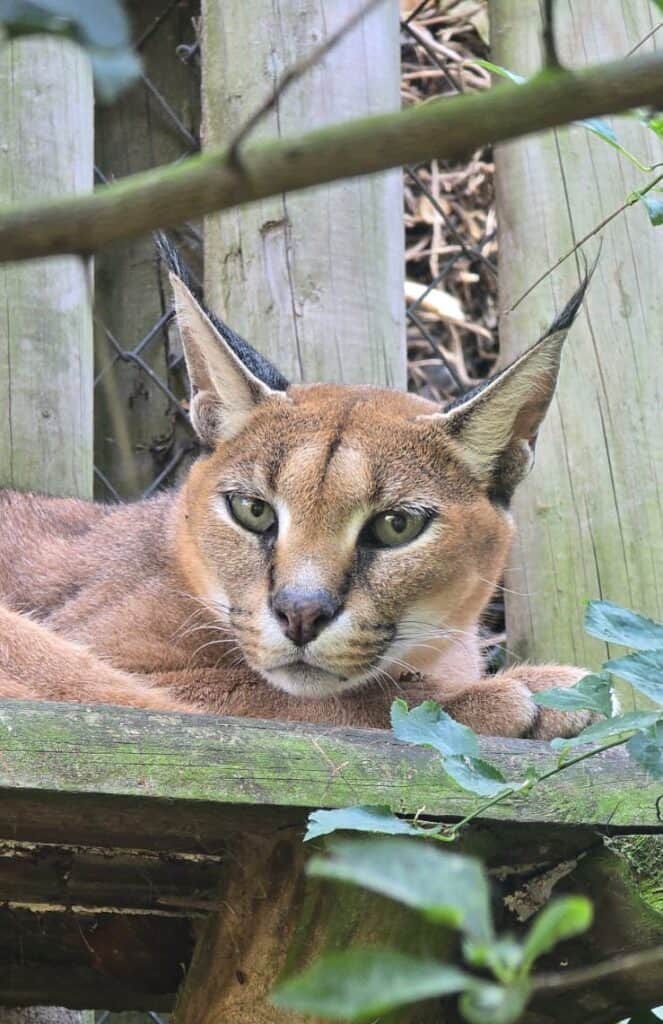
Geoffroy’s Cat
These small wild cats are native to South America. They can be found in open woodlands, scrublands and grasslands. These cats have a yellowish to greyish coat covered in dark spots, helping them blend into their surroundings. Geoffroy’s cats will pray on rodents, birds, insects, and reptiles. Unfortunately, habitat loss and illegal hunting pose ongoing threats to their populations. At Wingham Wildlife Park we house two Geoffroy’s cats and both are recent addition to our small cats. They are settling in well and starting to get more confident. I would highly recommend coming to see these wonderful small cats.

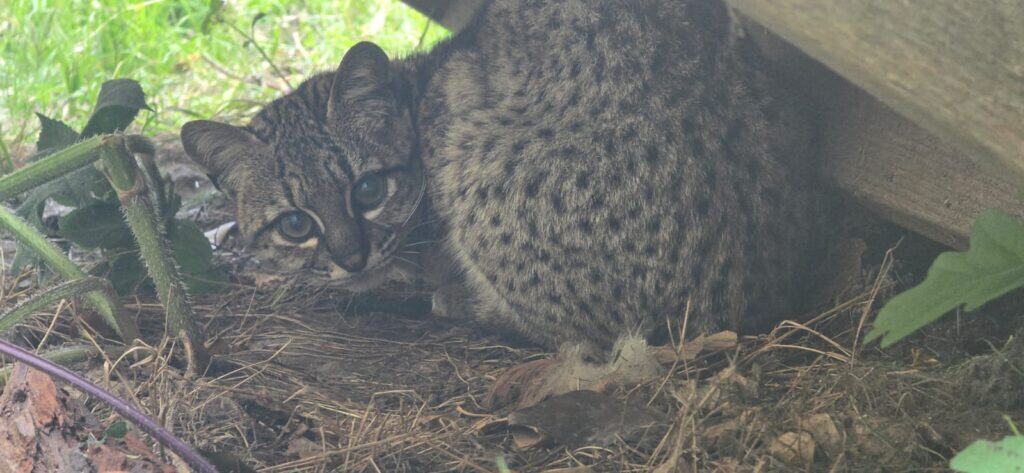
Pumas
These wild cats are native to the Americas, ranging from Canada to the southern Andes. They are highly adaptable and can live in habitats including forests, mountains, deserts and even near urban areas. Pumas have a slender muscular body, a tawny or greyish coat and a long tail that helps with balance while navigating rugged terrain. Pumas hunt deer, small mammals, and sometimes livestock. Puma populations are threatened in some areas due to habitat loss, fragmentation and conflict with humans. At Wingham Wildlife Park we house two pumas: Binx, our male, who was hand raised here at the park and Lola, our female. Binx and Lola get on famously even with having very different personalities – Binx being a very outgoing and engaging cat and Lola being a bit more reserved.
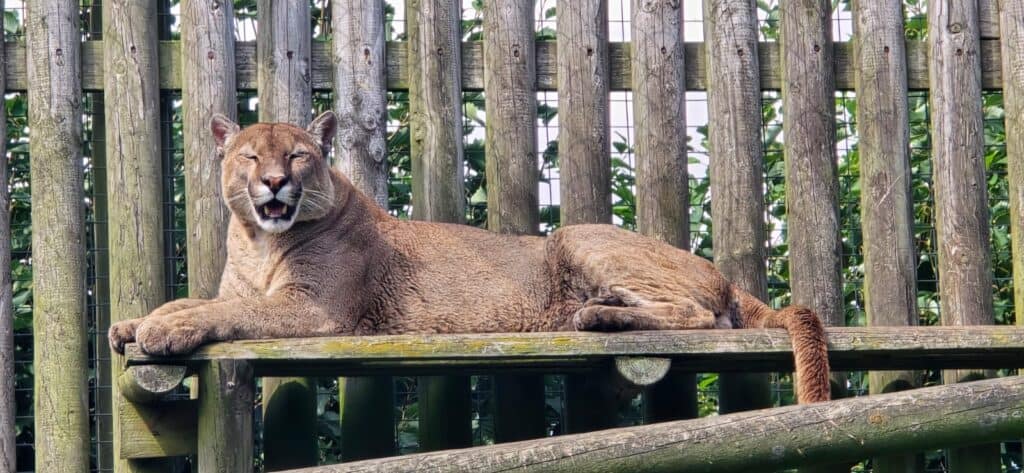
Cheetahs
These slender cats are known for being the fastest land mammal. They can reach speeds of 70 mph in short bursts. They are native to parts of Africa and a small population exists in Iran. Cheetahs have a tan coat and black spots, with a small head, and long legs built for speed. They also have unique black “tear marks” that run from the corners of their eyes to their mouth, which help reduce glare and focus on prey. They hunt during the day, targeting antelope and other small to medium-sized animals. Cheetahs are listed as vulnerable due to habitat loss, human-wildlife conflict, and a lack of genetic diversity. At Wingham Wildlife Park we house two cheetahs: Colonel Tom and Kikay – both interesting individuals with Colonel being friendly and affectionate and Kikay being another fisty lady.
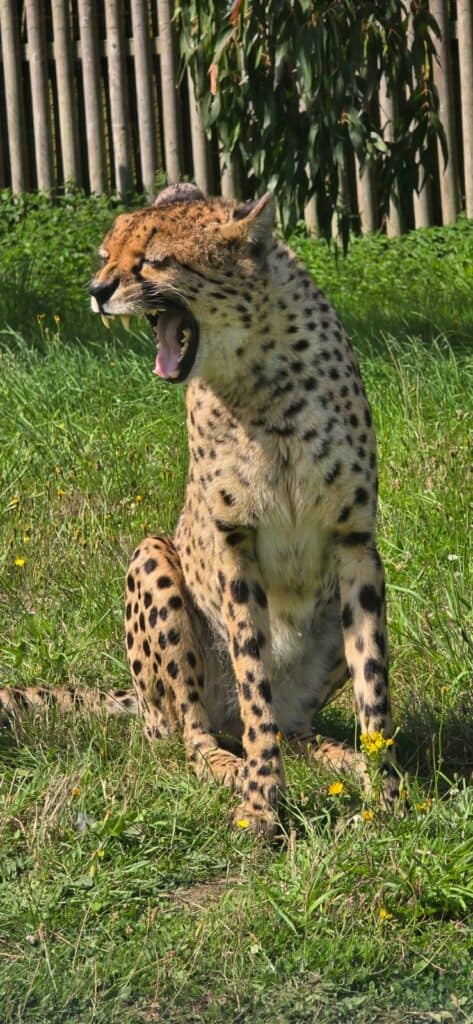
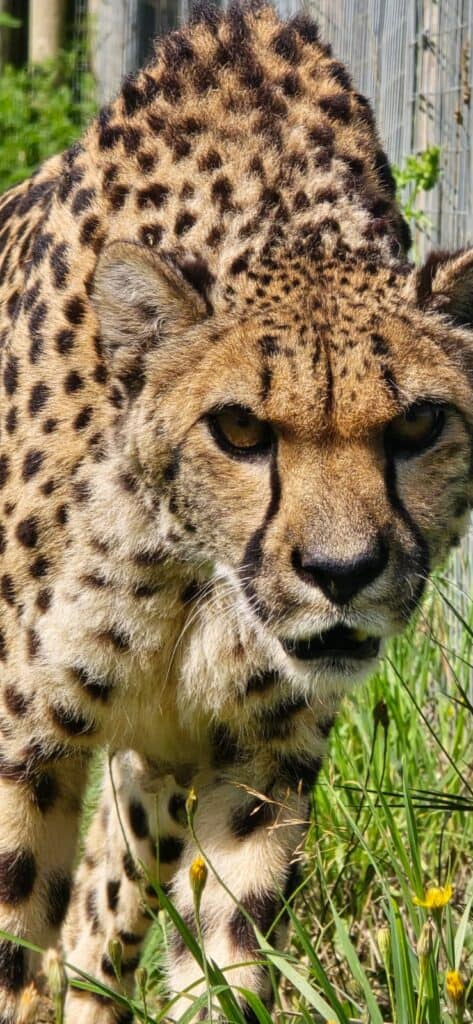
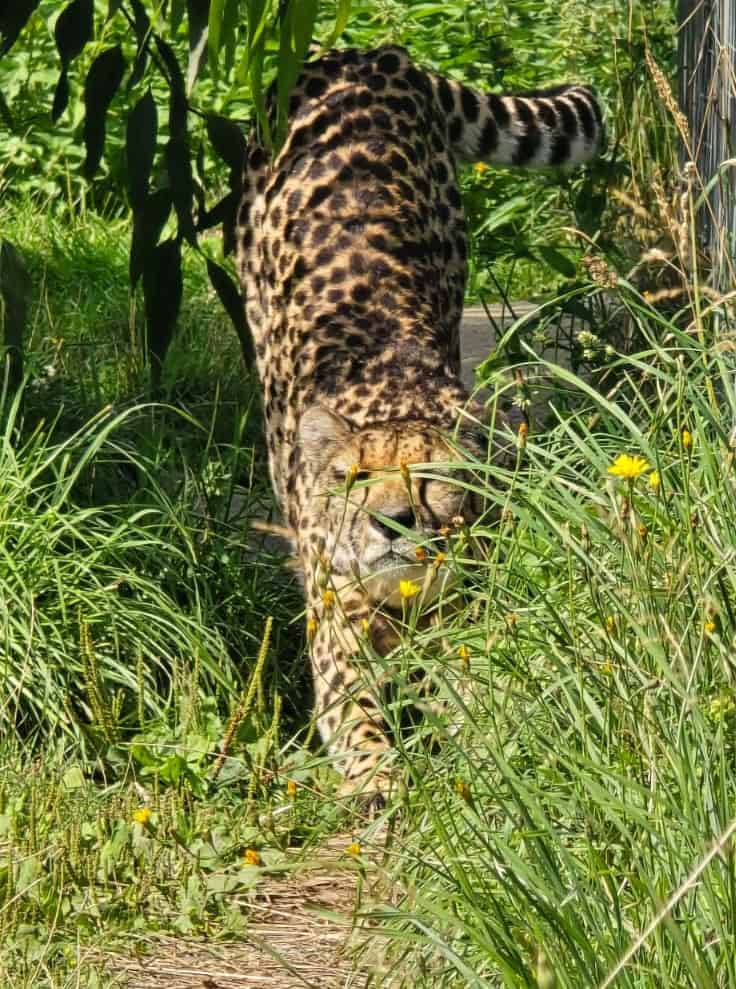
Servals
These are medium-sized wild cats native to Africa, commonly found in savannas, wetlands and grasslands. They are slender cats with long legs, large ears and a golden-yellow coat covered in black spots and stripes. Servals are known for their incredible leaping ability being capable of jumping over 3 meters in the air to catch birds in flight, they also hunt small animals like rodents, frogs and insects, using their sharp hearing to locate prey. Servals also face threats from habitat loss and hunting in some regions. At Wingham Wildlife Park, we house two servals, mother and son pair Maggie and Michael, again recent additions to the park they have settled in well and are enjoying life with our moon bears, Aroon and Mika, for neighbours.
Eurasian Lynx
This is the largest species of lynx and is native to the forests of Europe and parts of Asia. It has a thick coat that varies in colour from reddish-brown to grey, often with spots. They feature characteristic tufts of black hair on their ears and a short, stubby tail. Eurasian lynx mainly hunt deer, hares and other small to medium-sized mammals. They prefer dense forest habitats where they can remain hidden, but they are also found in mountainous and rocky areas. Although populations declined due to habitat loss and hunting, conservation efforts and reintroduction programs have helped them recover in some parts of Europe. They are currently listed as Least Concern, but their status varies regionally. At Wingham Wildlife Park we house one Eurasian lynx called Roots. Just like his wild counter parts, he is an elusive individual and normally likes to hide at the back of his enclosure, however he does sometimes make an appearance at dusk and dawn when things are a little quieter.
Despite their diversity and global range, small cats face significant threats. Habitat destruction, human-wildlife conflict and poaching have put many species at risk. They are also often missed by conservation efforts as they are overshadowed by larger animals. However, organizations like the Small Wild Cat Conservation Foundation and Panthera are working hard to change that. Through study, population tracking and habitat protection, these groups are helping to ensure a future for these fascinating animals. Beyond their intrinsic value as part of Earth’s biodiversity, they play crucial roles in ecosystems. They help control populations of rodents, birds and other small animals, maintaining balance in their environments. Moreover, there’s something magical about their existence – these are cats that live in snow-covered mountains, dense jungles, deserts and even urban edges quietly, efficiently and often invisibly. So next time you think of wild cats, remember the little ones too. They may be small in size, but their impact on the natural world and their right to exist is just as great as their larger cousins.
By Clayton, Deputy Head of Carnivores
